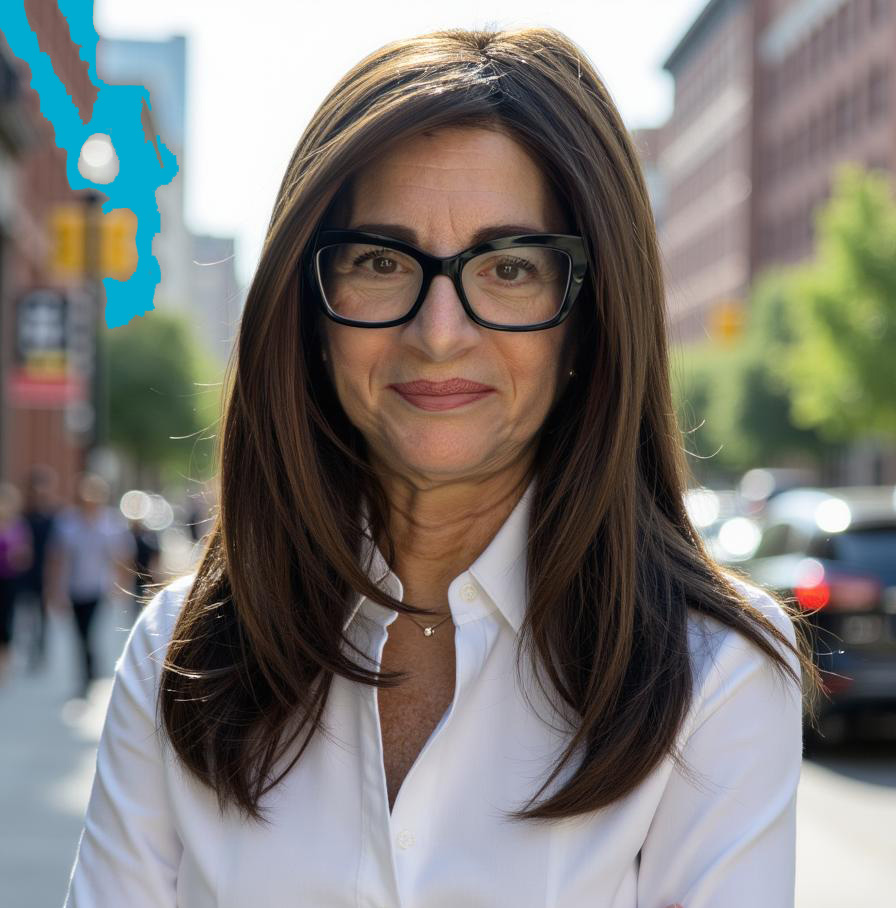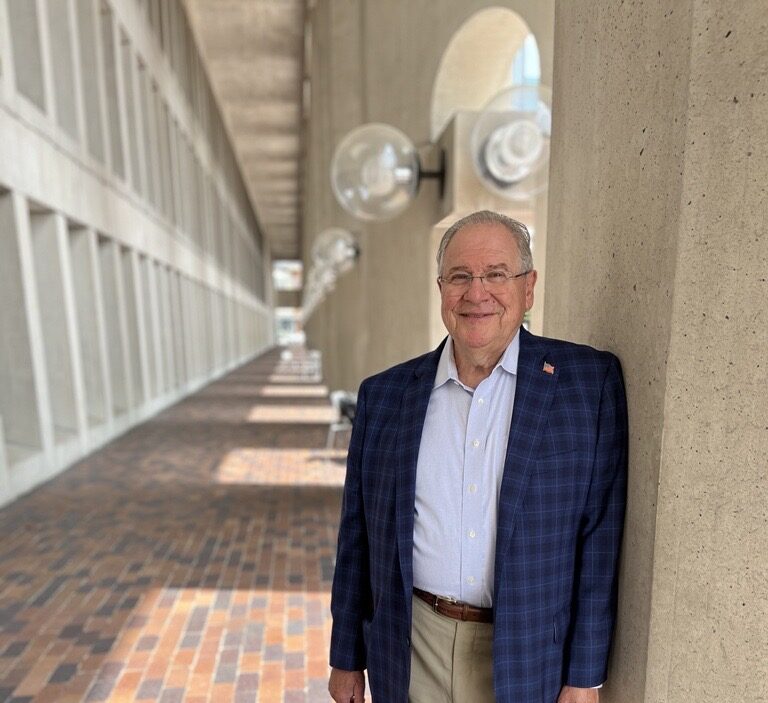Learning science while having fun
Written by Lauren Horn, Center for STEM Education
How do you play piano with bananas keys? How do you detect seismic activity? How do birds use their beaks to pick up food?
More than 200 young students and their families explored the answers to these questions earlier this month at STEM Sunday, a science and engineering event held in Northeastern’s Cabot Physical Education Center. Volunteers from the university community ran hands-on activities at the “reverse science fair,” which was organized by Northeastern’s Center for STEM Education, led by Claire Duggan. The event was part of the National Science Foundation’s annual Engineering Research and Innovation Conference, which was hosted by the College of Engineering.
David Truong, who just completed the fifth grade at Russell Elementary School in Boston, one of Northeastern’s partner schools in Mayor Thomas M. Menino’s Step UP program, loved the event. “There were a lot of fun things there, like the robot we moved with a controller, and making paper towers and gliders,” he said. “There was also a wizard who talked about saving electricity.”
Truong was one of four dozen middle school students who attended the event as part of their first day of the ExxonMobil Bernard Harris Summer Science Camp. The free, two-week program — run by the Center for STEM Education and named after the first African-American to conduct a spacewalk — gives students the chance to work alongside Northeastern faculty, staff and students on projects aimed at increasing their knowledge and experience in the areas of science, technology, engineering and mathematics.
Volunteers from organizations including the Cambridge Science Festival, Maker Faire, NStar, and the Cape Cod National History Museum, and graduate and undergraduate students from colleges across the country participated in the conference-led activities.
David Schmidt, a Northeastern bioengineering graduate student, helped the young engineers-in-training build the tallest tower they could using only two sheets of newspaper. “Paper towers are a nice cost-effective activity because you can bring them into any classroom and use them for any age group,” he said. “Our tallest tower was actually built by a mom, so clearly building them never gets old.”
Schmidt is also a member of Northeastern’s robotics team, the NUTRONS, which demoed a robot at the event. “These activities are a sneaky way to teach children about engineering,” Schmidt said. “They don’t know they’re learning.”




